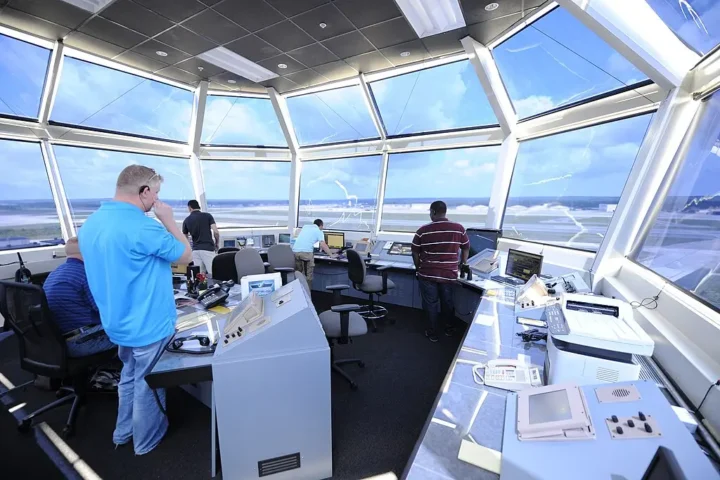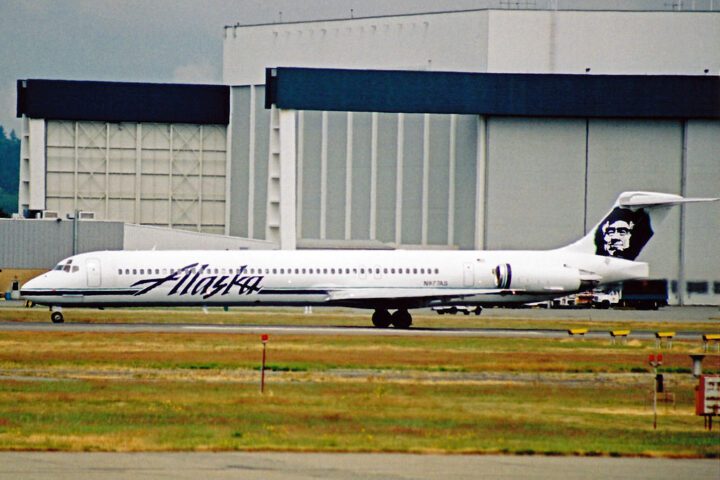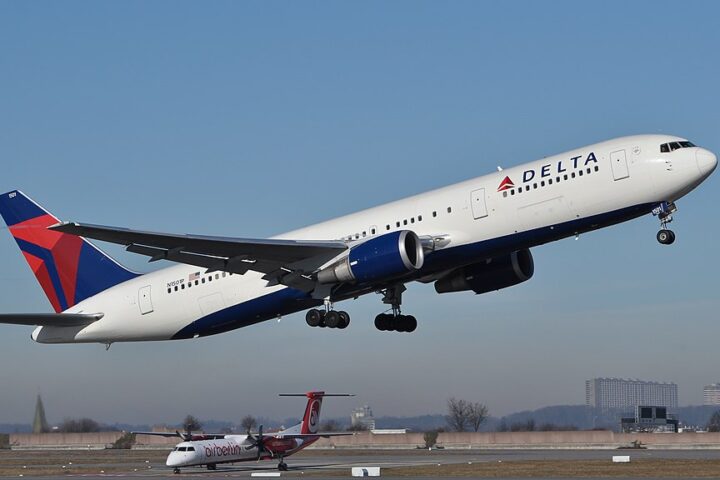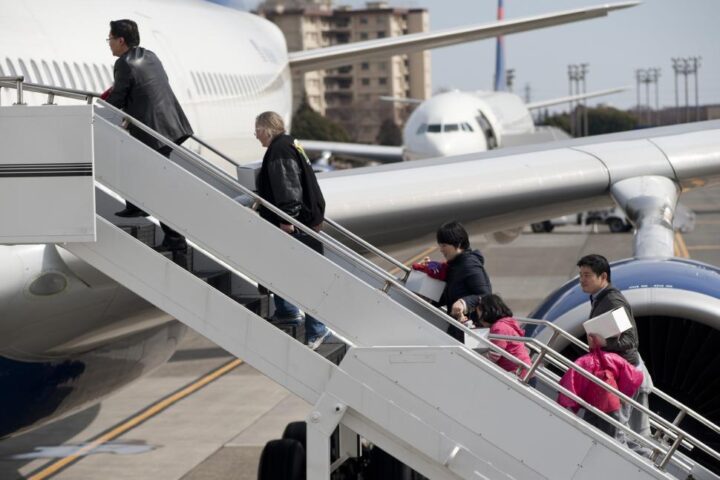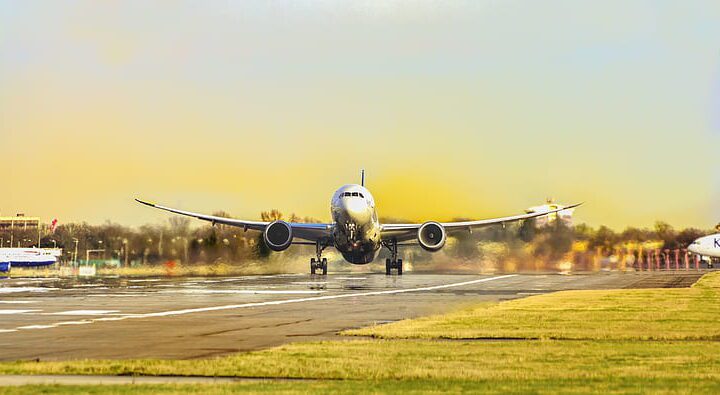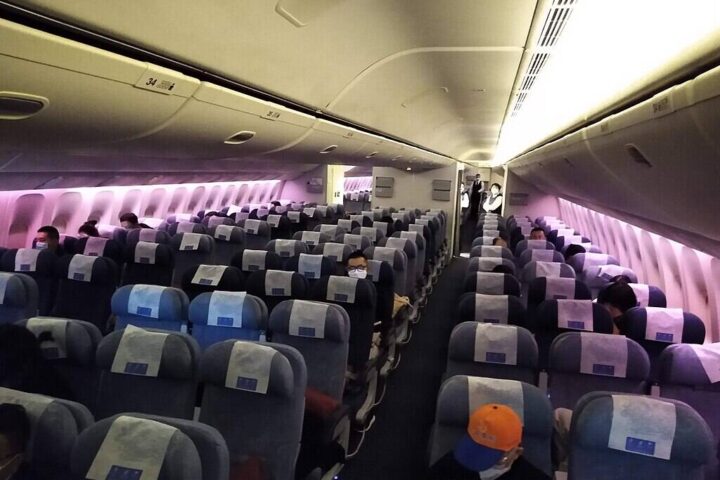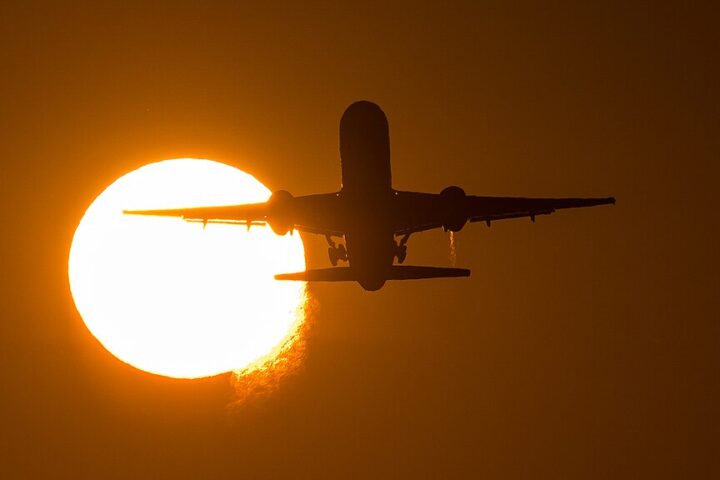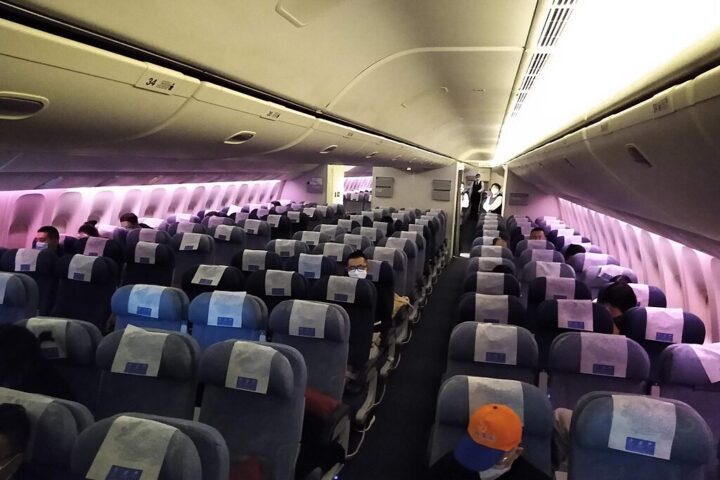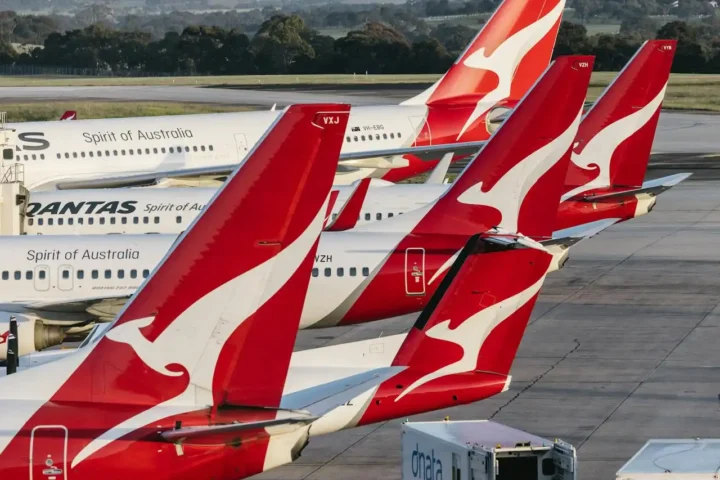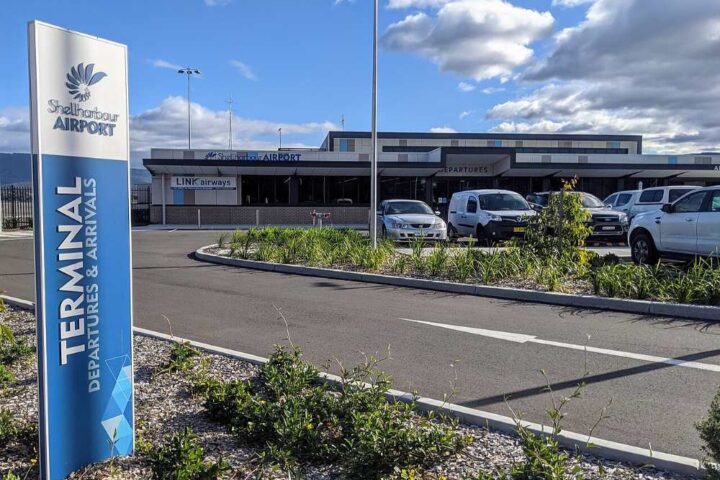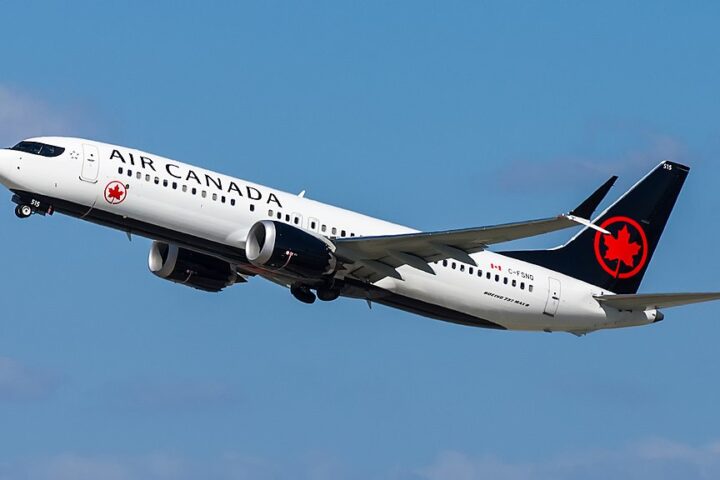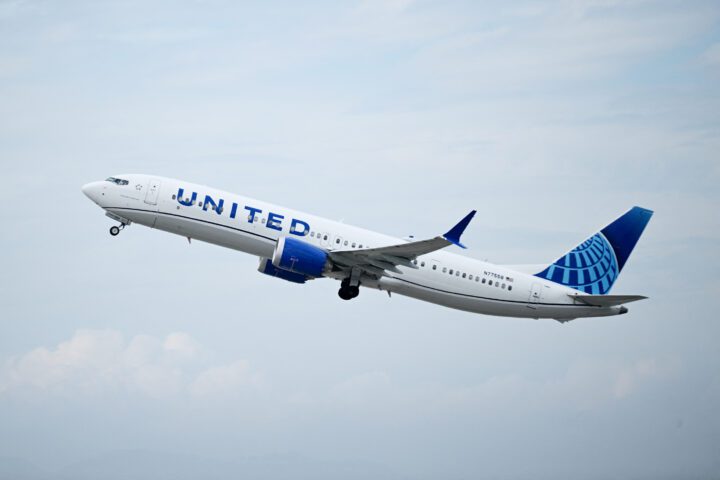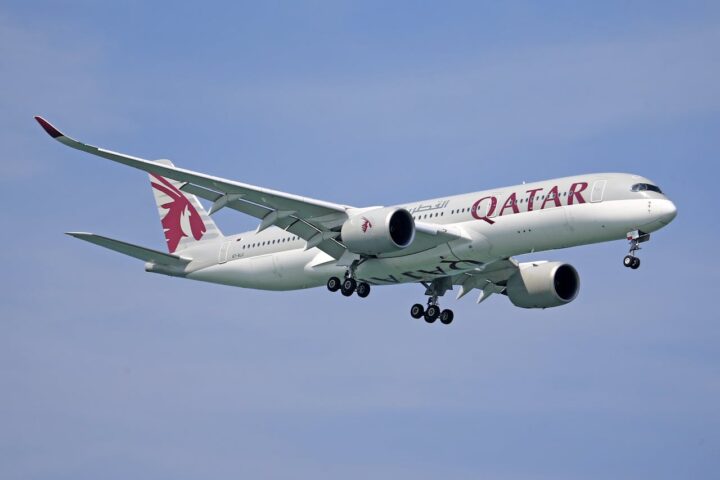Flight delays and disruptions are spreading across the U.S. as air traffic controller staffing shortages intensify during the government shutdown. Major airports in Nashville, Chicago, Boston, Newark, Denver and Las Vegas are experiencing significant delays, with some flights held up for nearly three hours.
The situation reached a critical point when Hollywood Burbank Airport near Los Angeles had no air traffic controllers for about six hours on Monday, forcing pilots to use non-towered procedures typically reserved for small airports. The Southern California TRACON facility had to manage the airspace remotely while flights faced delays exceeding two hours.
“Our priorities are safety,” Transportation Secretary Sean Duffy said at a press conference. “If we have additional sick calls, we will reduce the flow consistent with a rate that’s safe for the American people.”
About 13,000 air traffic controllers are working without pay during the shutdown, with their first missed paycheck expected October 14. Controllers are already stretched thin, with many working six-day weeks and 10-hour shifts to maintain operations despite a nationwide shortage of approximately 3,000 controllers.
Similar Posts
The National Air Traffic Controllers Association (NATCA) warned against any job actions, noting they’re illegal and could lead to removal from federal service. “It is normal for a few air traffic controllers to call in sick on any given day, and this is the latest example of how fragile our aviation system is in the midst of a national shortage,” NATCA stated.
Flight tracking site FlightAware tallied over 6,200 delays in a single day, with Denver International Airport seeing delays affecting nearly 29% of flights and Newark Liberty International Airport experiencing delays on about 19% of flights.
The shutdown’s impact extends beyond major hubs. The Essential Air Service program, which subsidizes flights to 177 rural communities across all 50 states and Puerto Rico, will run out of funding on Sunday if the shutdown continues. This threatens vital air connections for remote areas that depend on these flights for medical care, business travel, and essential supplies.
“Every state across the country will be impacted by the inability to provide the subsidies to airlines to service these communities,” Duffy warned, noting Alaska would be particularly affected given its reliance on air travel due to limited road infrastructure.
The current situation draws parallels to the 2018-2019 government shutdown, when controller absences eventually led to ground stops along the East Coast and helped end the 35-day standoff. As the current shutdown continues with no immediate resolution in sight, travelers should check flight status directly with airlines and prepare for potential disruptions.



